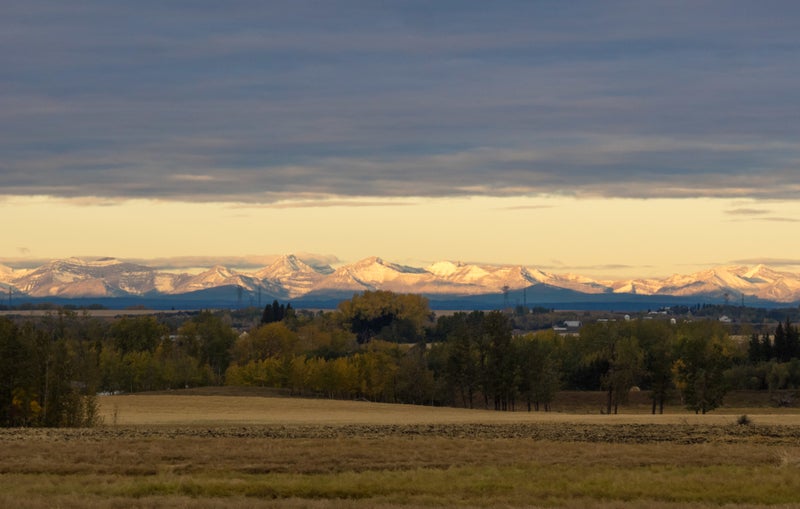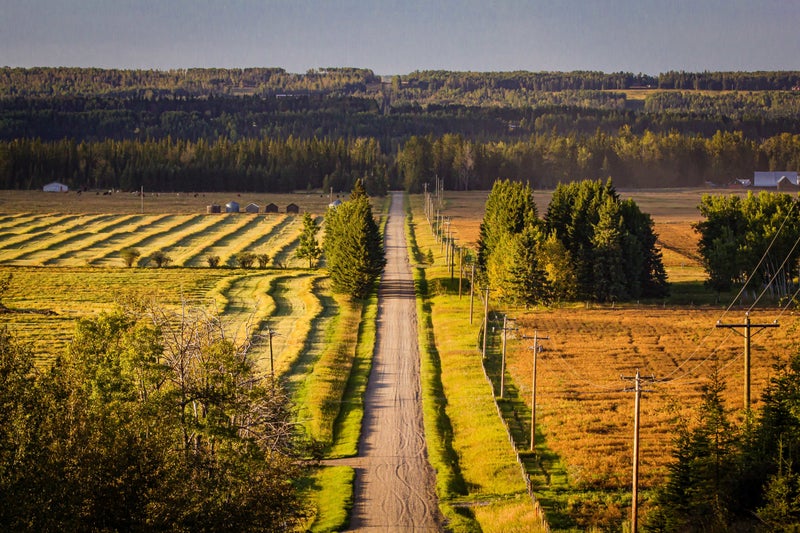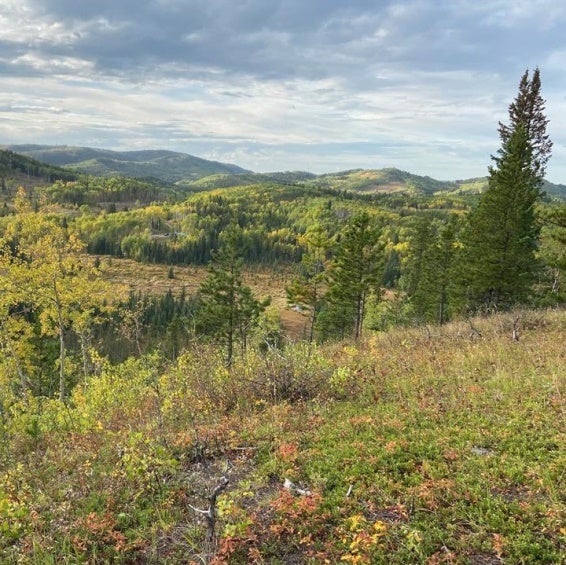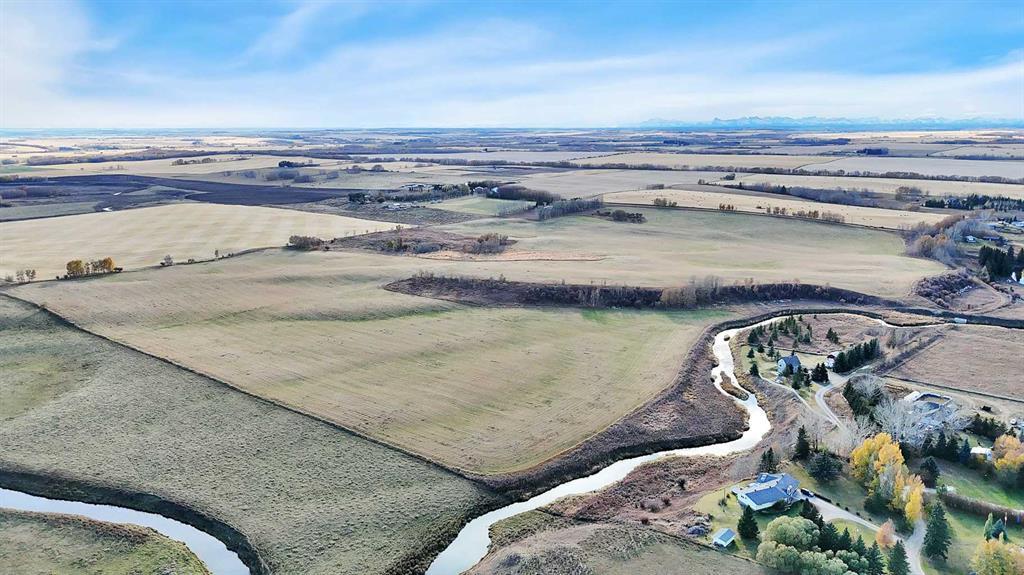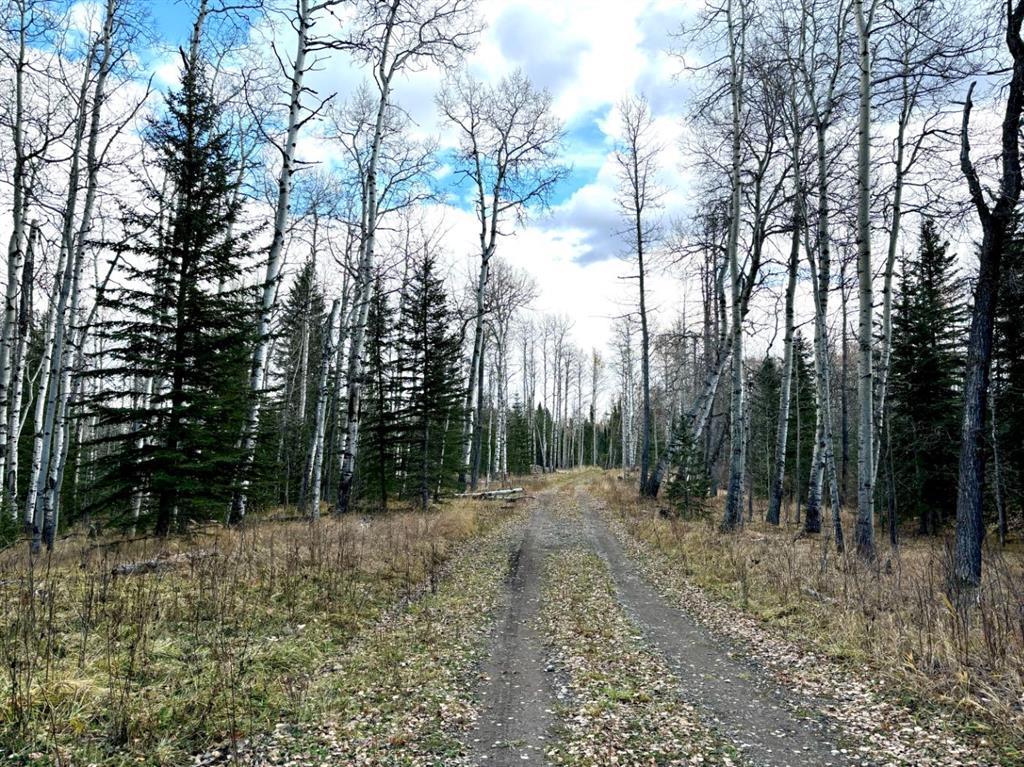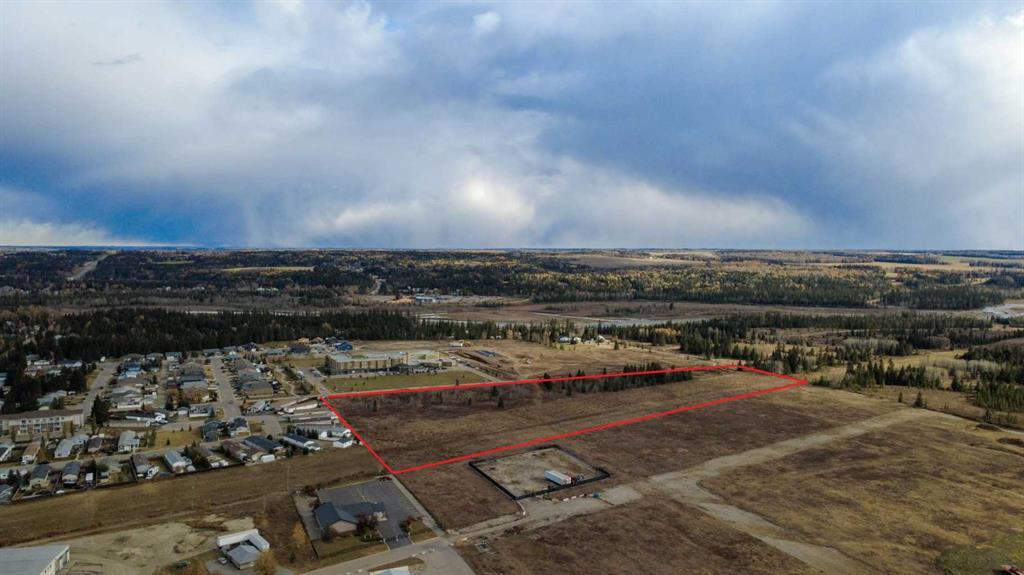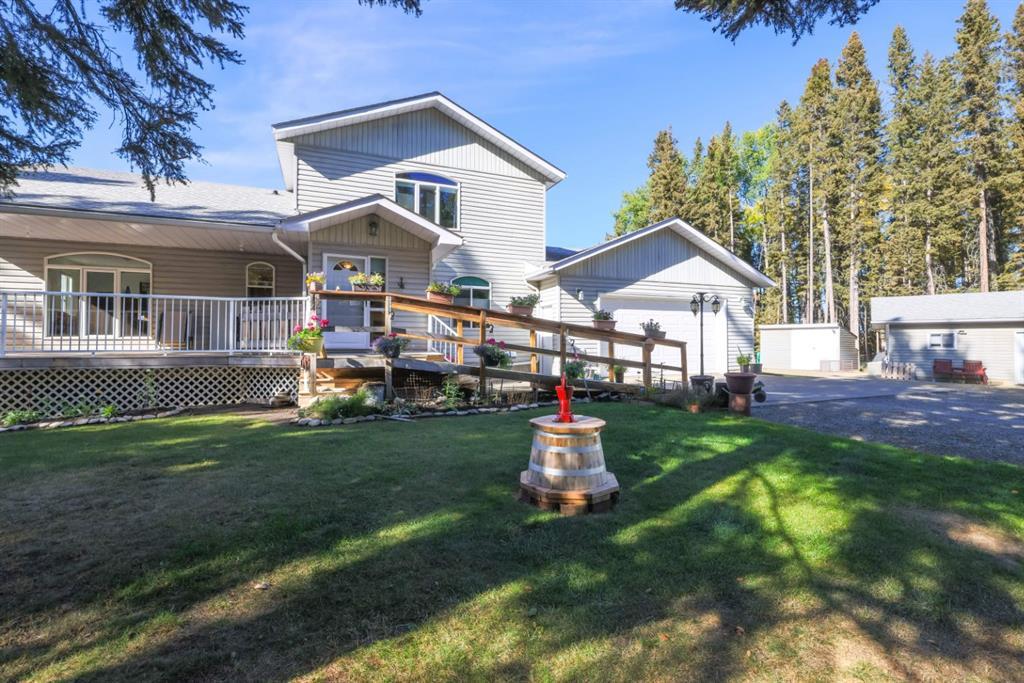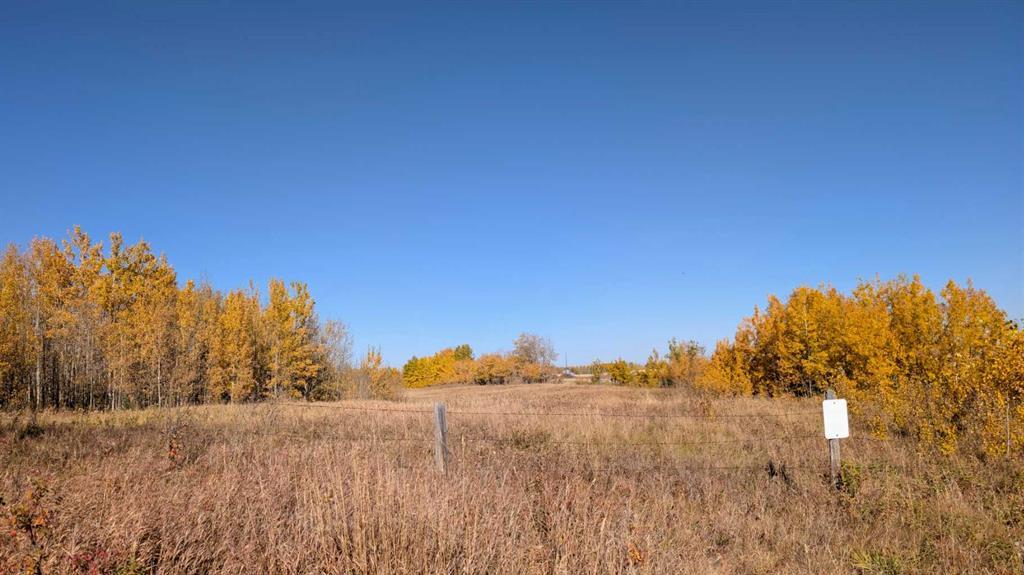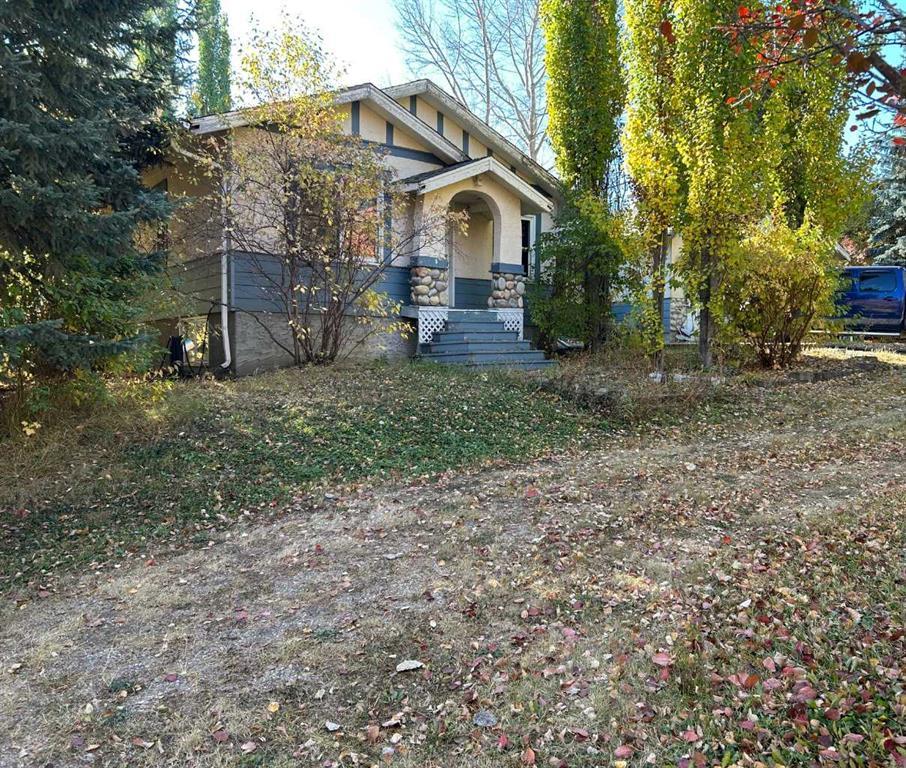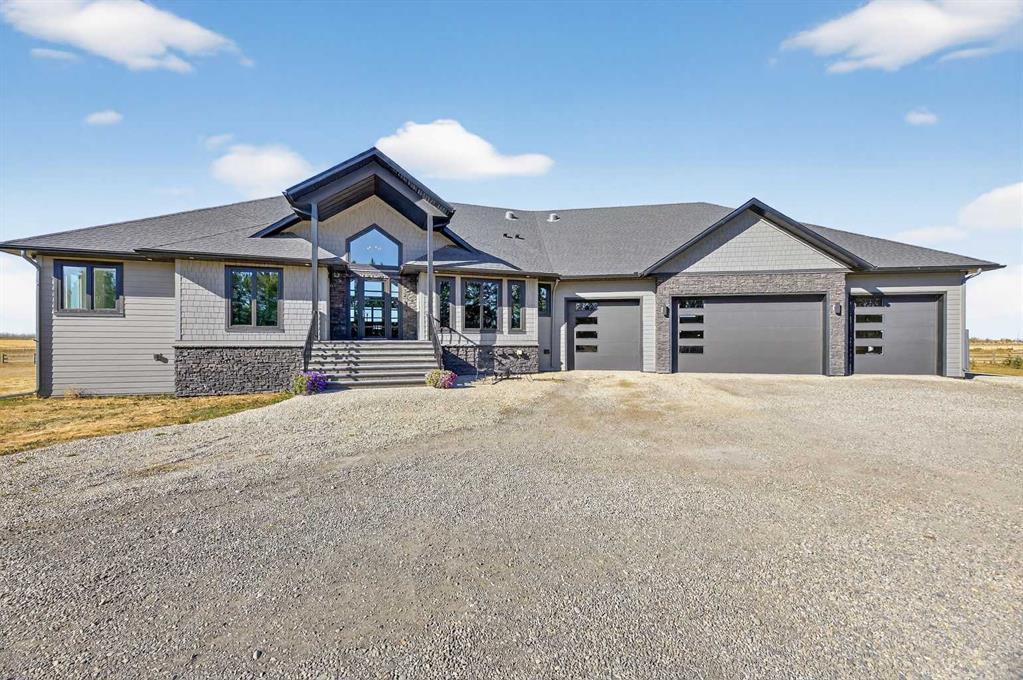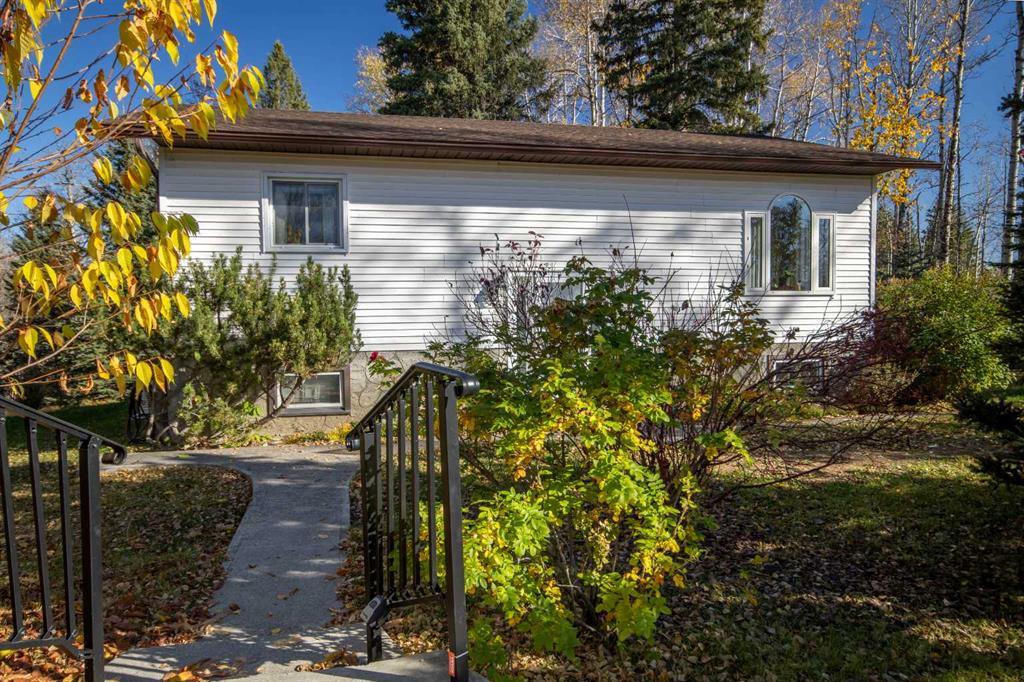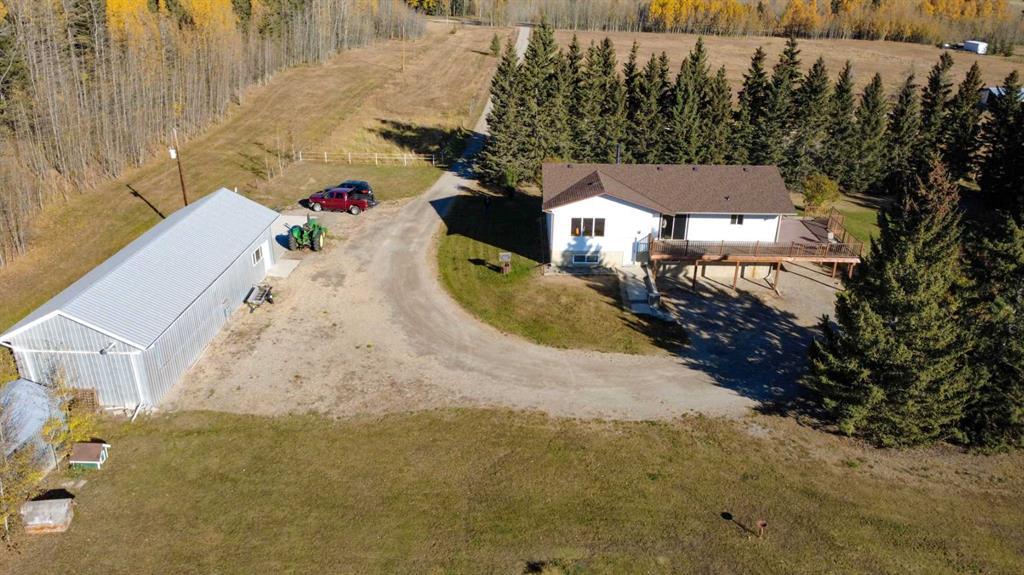Mountain View County, AB Real Estate Statistics
| Average Price | $1.3M |
|---|---|
| Lowest Price | $189K |
| Highest Price | $7M |
| Total Listings | 83 |
| Avg. Days On Market | 102 |
| Avg. Price/SQFT | $705 |
Property Types (active listings)
See the Newest Mountain View County, Alberta Acreages 1+ Acre
Find Your Dream Acreage in Mountain View County, Alberta
Mountain View County runs northwest from Calgary toward the foothills, offering buyers a middle ground between affordability and accessibility. You're not paying Rocky View prices, but you're also not as remote as Kneehill County. The terrain transitions from flat agricultural land in the east to rolling, treed properties near the foothills in the west.
What sets Mountain View apart from other affordable counties is the quality of its towns. Didsbury, Olds, Sundre, and Carstairs aren't just gas station stops; they have hospitals, schools that parents actually choose, and local economies that function independently of Calgary. Olds even ran municipal fiber internet years before most rural areas considered it possible.
The county has around 13,000 residents, which creates a balance, small enough that you know people, large enough that services exist. Roads stay maintained, emergency response times are reasonable, and you're not pioneering wilderness living.
Why Choose Mountain View County for Your Acreage?
Value here comes from position, not compromise. You're 45-75 minutes from Calgary, depending on where in the county you land, which removes the commuter premium but keeps the city accessible for when you actually need it. Red Deer sits about the same distance north, so you're positioned between two markets rather than tethered to one.
Land costs reflect this geography. Ten acres here runs what three acres cost in Rocky View County. Forty acres becomes realistic rather than aspirational. If your plan involves actual use of the land, pasture, crops, workshop space, and distance from neighbors, the acreage you can afford here changes what's possible.
The agricultural foundation is established, not emerging. This area has been farming for over a century. Equipment dealers, large animal vets, feed mills, seed suppliers—they exist because demand justifies them. If you're serious about working the land, you're surrounded by people who know how rather than figuring it out alongside you.
Property taxes run lower than in Calgary-adjacent counties while services remain solid. You're not subsidizing light rail expansion or urban density infrastructure. Roads, fire, ambulance, straightforward rural services at costs that reflect actual delivery rather than proximity to urban centers.
Weather patterns shift across the county. Eastern areas are drier and experience wider temperature swings, better for grain, harder on livestock during temperature extremes. Western areas near Sundre get more precipitation and benefit from mountain-influenced weather patterns. Trees grow naturally in the west; you plant and irrigate them in the east.
Communities Worth Understanding
Olds is the standout town in the county for reasons that matter practically. The hospital means serious medical issues don't require driving to Calgary or Red Deer. The agricultural college brings younger people and ideas into what could otherwise stagnate. Municipal fiber internet means remote work actually functions at speeds comparable to urban areas. Properties near Olds trade higher than elsewhere in the county, but infrastructure justifies it.
Didsbury functions as the county's population center with schools, healthcare, shopping, and recreation that reduce dependency on larger cities. It's the most accessible to Calgary, which drives property values up relative to other county areas but still well below anything in Rocky View. If you're keeping a Calgary job while transitioning to rural living, Didsbury makes the commute manageable.
Sundre occupies the western edge where the foothills begin. Crown land access starts here, the Red Deer River runs through it, and mountain recreation becomes a weekend activity rather than a planned trip. Services thin out, you're driving to Olds or Red Deer for anything beyond basics, but buyers here prioritize outdoor access over convenience. Properties include more trees, slopes, and natural features because geography supports it.
Carstairs sits south on Highway 2, putting it closest to Calgary of any Mountain View community. The town itself is small, essential services exist, but not much beyond that, but the location makes it practical for people wanting Calgary accessibility without Calgary costs or density. This is where Calgary commuters who prioritized land over proximity end up.
Smaller hamlets like Cremona and Water Valley serve buyers looking for maximum land at minimum price, with the acceptance that services require driving. These areas appeal to people building self-sufficient operations or those who genuinely prefer isolation.
The Reality of Living Here
Property systems are your responsibility. Wells need testing and occasional shocking or service. Septic fields eventually fail and require replacement, which costs $15,000-$30,000 when it happens. Municipal water and sewer aren't options, so budget for private system maintenance and eventual replacement.
Winter means managing your own snow. County plows maintain public roads; everything on your property is your problem. If you're on a long driveway or manage livestock, you need equipment or someone with equipment. Western areas near the foothills accumulate more snow; eastern prairie gets less but deals with more wind and drifting.
Livestock operations function here because infrastructure exists, but the work remains consistent. Daily feeding regardless of temperature, water management when lines freeze, and shelter maintenance before problems arise. Veterinary services exist because demand supports them, but you're still managing health, breeding, and disposal issues yourself.
What you gain is operational freedom. Your property decisions don't require neighbor approval or HOA committees. Kids learn to manage risk rather than avoid it. Projects scale to available space rather than zoning restrictions. Dogs exist as working animals, pets, or both, not as accessories managed by leash laws.
Remote workers find Mountain View functional if they're near Olds (fiber internet) or accept satellite/fixed wireless limitations elsewhere. Video calls work, but not always perfectly. Large file transfers take planning. If your work depends on perfect connectivity, verify specific property options before assuming rural internet suffices.
Community dynamics shift at lower population density. You know your neighbors because you occasionally need them, equipment loans, emergency help,and local knowledge. People share information about land, water, and livestock because their success affects property values and community viability. It's cooperation born from practical necessity rather than forced social programming.
Understanding the Market
Properties are split into rough categories. Smaller acreages (2-5 acres) with modern homes near towns run $450,000-$650,000. Larger parcels (10-40 acres) with older homes or buildings needing work start around $400,000-$550,000. Exceptional properties with new builds, multiple outbuildings, and full infrastructure occasionally exceed $800,000 but remain rare.
Geographic pricing follows predictable patterns. Properties near Carstairs or Didsbury cost more due to Calgary accessibility. Olds properties command premiums for town infrastructure. Sundre-area land costs less per acre but more to access regularly. Remote parcels trade at discounts reflecting distance from services.
Most properties allow agricultural use, horses, cattle, chickens, and small farming operations without special permits. Zoning exists, but assumes you're using land productively. Commercial operations or additional dwellings trigger review, but standard rural use proceeds without bureaucratic interference.
Market velocity runs slower than Rocky View or Foothills. Properties are larger, which benefits buyers by allowing proper evaluation and negotiation. Motivated sellers exist because of life changes, not market pressure. If you're patient and selective, opportunities appear.
Activities and Recreation
Western Mountain View County near Sundre transitions into genuine outdoor recreation territory. Crown land access begins here, meaning public land available for hiking, camping, horseback riding, and ATV use without fees or reservations. The Red Deer River offers fishing for those who understand river systems. Winter brings ice fishing, cross-country skiing, and snowmobiling without needing resort access.
Towns maintain practical recreation infrastructure; Didsbury and Olds have pools, arenas, and fitness facilities that serve year-round rather than seasonal crowds. Minor hockey, figure skating, and swimming lessons, standard programs exist because the population supports them.
Youth programming includes 4-H clubs teaching livestock management, agricultural societies running fairs that combine education with competition, and rural schools integrating agricultural education rather than treating it as a novelty. Kids here often manage animals, operate equipment, and understand business basics before high school graduation.
Calgary sits 60-90 minutes south of major concerts, professional sports, specialized shopping, and services that don't exist in smaller centers. Most residents make quarterly trips rather than weekly visits; distance forces intentionality about when urban access matters.
Agricultural events function as both business and social gatherings. Cattle sales, equipment auctions, and agricultural fairs these aren't tourist attractions but working events where business happens and community forms around shared economic interests.
Ready to Find Your Mountain View County Acreage?
We work throughout Mountain View County and understand how location within the county affects both price and lifestyle. Whether you're leaving Calgary, relocating from another province, or upsizing from smaller land, we'll help identify properties that match your actual priorities rather than theoretical ideals.
Our team connects buyers with lenders experienced in rural property financing and inspectors who understand well systems, septic fields, and agricultural buildings. We're not here to sell rural romanticism; we're here to help you make informed decisions about where and how you want to live.
Frequently Asked Questions About Mountain View County Acreages
How much does an acreage cost in Mountain View County?
Acreages in Mountain View County typically range from $400,000 to $800,000, depending on size, condition, and location. Smaller properties (2-5 acres) near towns like Didsbury or Olds start around $450,000-$600,000, while larger acreages (10-40 acres) with older homes can be found in the $400,000-$550,000 range. Premium properties with newer builds and extensive amenities can exceed $800,000, but are less common than in counties closer to Calgary.
How far is Mountain View County from Calgary?
Mountain View County begins approximately 60 kilometers northwest of Calgary, with commute times ranging from 45-75 minutes depending on property location and where you work in the city. Properties near Carstairs offer the shortest commutes (45-60 minutes), while acreages near Sundre or Olds add 15-30 minutes. Highway 2 provides direct access to Calgary with reasonable traffic flow.
Is Mountain View County cheaper than Rocky View County?
Yes, Mountain View County is significantly more affordable than Rocky View County. You'll typically get larger properties at lower prices in Mountain View, and property taxes are also lower. The tradeoff is a longer commute to Calgary and less proximity to the foothills and mountains, but for buyers prioritizing affordability and space, Mountain View offers excellent value.
What utilities are available on acreages in Mountain View County?
Most acreages in Mountain View County operate on well water and septic systems rather than municipal services. Electricity is standard across all properties, and internet availability has improved with fixed wireless and satellite options, though speeds may be slower than urban areas. The town of Olds has fiber internet throughout, which benefits nearby properties. Natural gas availability varies by location, with some acreages connected to lines and others using propane.
Can you have horses on an acreage in Mountain View County?
Yes, horses are permitted on most acreages in Mountain View County. The county's agricultural zoning supports equestrian use, and many properties include pasture, barns, and fencing suitable for horses. Mountain View County has a strong agricultural community, and keeping horses and other livestock is common and well-supported.
Can you farm in Mountain View County?
Yes, Mountain View County has a strong agricultural economy and supports farming operations of all sizes. Whether you're interested in hobby farming, raising livestock, or larger-scale agricultural production, the county's zoning and infrastructure accommodate these activities. Many properties come with existing barns, outbuildings, and fenced pasture suitable for farming or ranching.
What is Olds known for?
Olds is known for its agricultural college (Olds College), strong local economy, and high-speed fiber internet infrastructure throughout the town. The community has a reputation for innovation and forward-thinking while maintaining its agricultural roots. Olds offers solid schools, healthcare, shopping, and services, making it one of the more self-sufficient small towns in rural Alberta.
What is the commute like from Didsbury to Calgary?
The commute from Didsbury to Calgary takes approximately 50-65 minutes via Highway 2, depending on where you work in the city and traffic conditions. The drive is straightforward year-round, and Highway 2 is well-maintained. Many people who work in Calgary choose to live in Didsbury or the surrounding area for the lower cost of living and larger properties, while accepting the longer commute.
Are property taxes lower in Mountain View County?
Yes, property taxes in Mountain View County are generally lower than in Rocky View, Foothills, and other counties immediately surrounding Calgary. The county provides essential services, including road maintenance, fire protection, and emergency response, without the premium tax rates found in more densely populated areas. Lower taxes combined with affordable property prices make Mountain View attractive for buyers on a budget.
What are the pros and cons of living in Mountain View County?
Pros include significantly lower property costs than counties near Calgary, larger acreages available, lower property taxes, a strong agricultural community and support services, diverse terrain from prairie to foothills, less competition for properties, and access to both Calgary and Red Deer. Cons include longer commute times to Calgary compared to Rocky View or Foothills counties, fewer immediate amenities outside of main towns, a more remote feel in western areas, and potentially slower internet speeds in some locations.
Browse Other Communities



